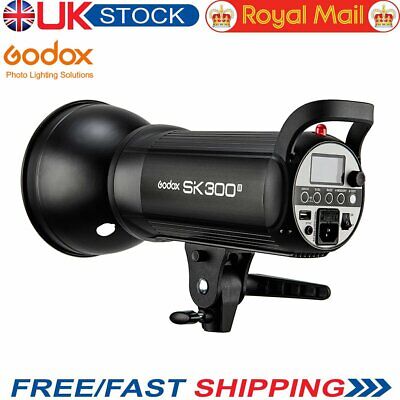Ahh Aiesha - you've just stumbled on the nonsense that is "naming stuff in photography" :-/ Seemingly designed to make it all appear more complicated than it really is for newcomers

Ok, so strictly speaking none of the lights we use are "strobes". Strobes are rotating lights like you used to get on old police cars, or in lighthouses - ie they actually turn around (or the reflector dish does anyway) so the beam of light sweeps around in a complete circle. However, in the completely inaccurate world of naming stuff in photography: "strobe" usually means a larger, usually mains-powered flash. "Speedlight" is a Nikon trademark, but is used generically to mean a small, hot-shoe, battery powered light - a "flash gun". The called em Speedlights due to the very short flash duration - very different to traditional studio flash. These days, studio heads are built the same way though and can be just as fast. Canon called theirs "Speedlites". "Flash head" just means any flash powered light really, but again, normally means bigger ones.
Light modifiers produce light with different qualities, and you may find a need for those qualities in any given scenario. Softboxes for example, have one job: to make the light source bigger. A bigger source, from the subject's position, will produce "softer" light - ie light that casts shadows with a very soft, indistinct edge. A small light source (ie one that appears small from the subject's position on the other hand, will produce a hard, crisp edge - like the sun, for example. Looks very small from here on Earth and casts very crisp sharp shadows. You may find you need to use hard or soft light for both portraits and product work - there is not just one type of photography job for most modifiers, although some are used more for some things than others. When you know ow to produce each type of light, you'll just use whatever you need to achieve the look you want. I've used anything from big flash, small flash, candles, fire, walls, xmas decorations, disco lights, lasers etc to light stuff.
Oh yes

One of the key things to learn about lighting is how shadows behave when varying the distance from the object casting the shadow, to the light, and the distance from the object to the surface the shadow falls on. This arrangement, dictates the design of lots of modifiers like snoots (long tubes to place the opening further from the light), barn doors (that place an edge, at short distance from the light source) and "flags" (sheets of - normally black - card that can place somewhere between the light and the subject to cut the light). Grids - restrict light to a narrower angle, and reflector dishes alone come in various shapes and sizes that produce different light patterns at a given distance - with various rates and profiles of fall-off from the centre to the edge.
I tested all the ones I had a few years ago - here's the results
Then there's projectors - like the "spot lights" you see in theatres, they have a focusing system and can project an image using flash (or continuous light, but flash is so much smaller, cheaper and brighter).
Check out this free e-book from our own
@Garry Edwards https://www.talkphotography.co.uk/threads/free-lighting-e-book.689037/ Lighting Magic
Also - I highly recommend Daniel Norton's "On-Set" series on Adorama TV. Short prerecorded episodes dealing with some aspect of light, and longer live sessions that better sow the actual process of arriving at the finished setup (a lot of slick pre-recorded tutorials don't show the hours of experimenting and development that go on, especially with product work)
Don't worry about understanding every little thing you see on there - just watch several and you'll start to see repeating techniques and solutions

You don't need exactly what they are using to produce the same kind of results - and Daniel will constantly remind his audience of that - one of the reasons why I like him as a presenter!
As for a light - I'd buy a Smartflash 4 from Lencarta with a trigger
The newly designed Lencarta SmartFlash 4 with Godox X2T Nikon Trigger is the perfect addition to any studio of any size. Thanks to it's lightweight size the SmartFlash 4 can easily be packed away when not in use making it ideal for photographers starting

www.lencarta.com
(Note that listing is for the Nikon compatible trigger - choose the one for your camera! ) This is the same Light that Bob linked to on ebay just from a UK based supplier who can repair them. It's a bit more (the trigger is worth about £30). I think it's worth it for the excellent customer service/support Lencarta offer.




